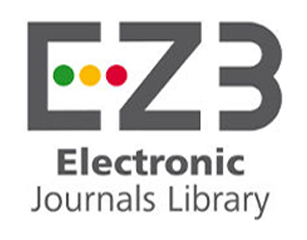TOOLS FOR EFFICIENCY AND PERFORMANCE GROWTH OF PEDAGOGICAL LEADERSHIP WITHIN THE PRIMARY YEARS PROGRAMME IN BRITAIN
DOI:
https://doi.org/10.32689/2617-2224-2019-4(19)-302-310Keywords:
pedagogical leadership, the primary years programme, personnel management system, teaching assistant, educational process in BritainAbstract
The article notes that the fulfillment of the Primary Years Programme (PYP) is constantly changing, so the investment in supporting this increase in professionalism, from both school leaders and teachers, is very important in terms of commitment, time and emotional energy. Each school must decide which model of shared pedagogical leadership works best for them. It may be straightforward and include only the principal of the primary section of the school and the PYP coordinator. On the other hand it may also be a matrix model including the head of the school, the principal of the primary section, the PYP coordinator, and all the teachers to various degrees. It is clearly understood that the distribution of pedagogical leadership responsibilities should be shared properly among the members of the pedagogical leadership team. Therefore, to make these divergent working relationships effective, communication within the group needs to be open, respectful, and focused on teaching and learning.
It has been characterized that the role of teaching assistant (TA) has been taken into consideration almost 20 years ago firstly to help the kids with special needs. Nevertheless in modern pedagogical world TAs have lots of different responsibilities that sometimes can be overstated in terms of personnel management system. The aim of all International Baccalaureate (IB) programmes was determined. Models of shared pedagogical leadership were given.
In addition, many of the conversations within an effective school community are focused on individual reflections on learning and teaching. So to implement this system into Ukrainian educational process we need to think firstly about supporting and encouraging both TAs and kids with special needs with respectful treat and understanding.
References
McDermott, L. (2017). An exploration of a complex relationship: Teachers and Teaching Assistants working together in primary schools. Doctor’s thesis: University of Essex and Tavistock & Portman NHS Trust. Retrieved from http://repository.essex.ac.uk/20276/1/Lorna McDermott_M4%20Thesis.pdf [in English].
Unison, NAHT, NET & Maximising Teaching Assistants (2016). Professional standards for Teaching Assistants: Advice for headteachers, teachers, teaching assistants, governing boards and employers. Retrieved from http://maximisingtas.co.uk/assets/content/ta-standards-finaljune2016-1.pdf [in English].
Balshaw, M. (2010). Looking for some different answers about teaching assistants. European Journal of Special Educational Needs, 25 (4), 337–338 [in English].
Blatchford, P., Russell, A., Webster, R. (2012). Reassessing the impact of teaching assistants: How research challenges practice and policy. Abingdon: Routledge [in English].
Making the PYP happen: Pedagogical leadership in a PYP school. Primary Years Programme. International Baccalaureate. (2009). Cardiff, Wales: Peterson House, Malthouse Avenue, Cardiff Gate.











